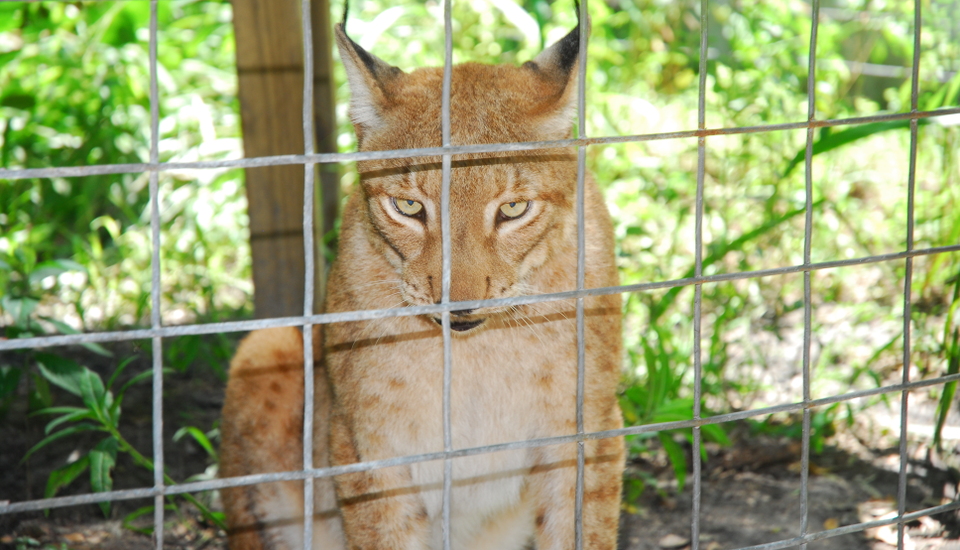The Iberian lynx nearly went extinct 15 years ago. There were only about 100 adults left in the wild, and only 25 breeding females. That’s a small enough population to ensure extinction, and European conservationists knew that. Some of us (myself included) rail against captive breeding programs for conservation, because oftentimes, they simply result in breeding these poor animals for life in a cage. In the case of Iberian lynxes, that may not be so.
Conservationists began capturing young lynxes to ensure their health and breeding capabilities, and breeding them. In 2010, he first Iberian lynxes that are part of this program were born in captivity. In 2014 and 2015, they’d been able to release more than 120 lynxes, and there were 400 lynxes in Southern Spain by the end of 2015.
This program could help bring lynxes back to the U.K., too
This program is so successful that they’re now considering a very similar program to re-introduce Eurasian lynxes to the U.K. U.K. Lynx Trust believes that the U.K. could support hundreds of lynxes, but they would start very slowly, with three males and three females, most likely from Romania.
The first birth would be the first lynx born in the U.K. in 1,300 years.
Eurasian lynxes and Iberian lynxes are different in that Iberian lynxes are smaller, and their coloring is different. There are other differences, too. Iberian lynxes also seem to be localized to Spain. They aren’t even found in Portugal.
Eurasian lynxes, on the other hand, are far more widespread, but, as stated earlier, haven’t been seen in the U.K. in a very long time. The Eurasian lynx was native to the U.K., as well as much of the rest of Europe. Like the Iberian lynx, the Eurasian lynx became endangered in part by habitat destruction, which would be par for the course since an awful lot of endangerment and extinction has occurred because of habitat destructions.
Bringing back Iberian lynxes, and Eurasian lynxes, is quite a popular idea
There is very strong public support for both programs. Of course, many in the farming industry are worried about it, because they fear the lynxes will prey on their livestock. Lynxes have been known to prey on sheep, but they are completely harmless to deer. However, the benefits and support of reintroducing these cats to their native areas through breeding programs is popular.
Basically, the idea of captive breeding might be repulsive to many of us, but these programs are being used not just to bring back lynxes, but also such endangered species as the South China Tiger. Successful breeding and introduction into the wild may be just the recipe we need to save some of these beautiful cats.


